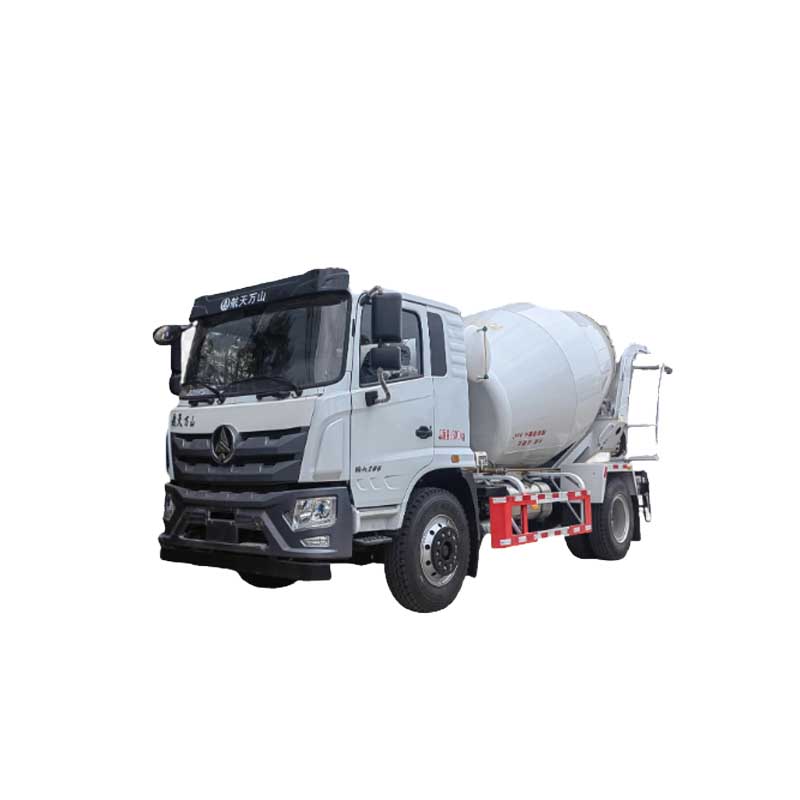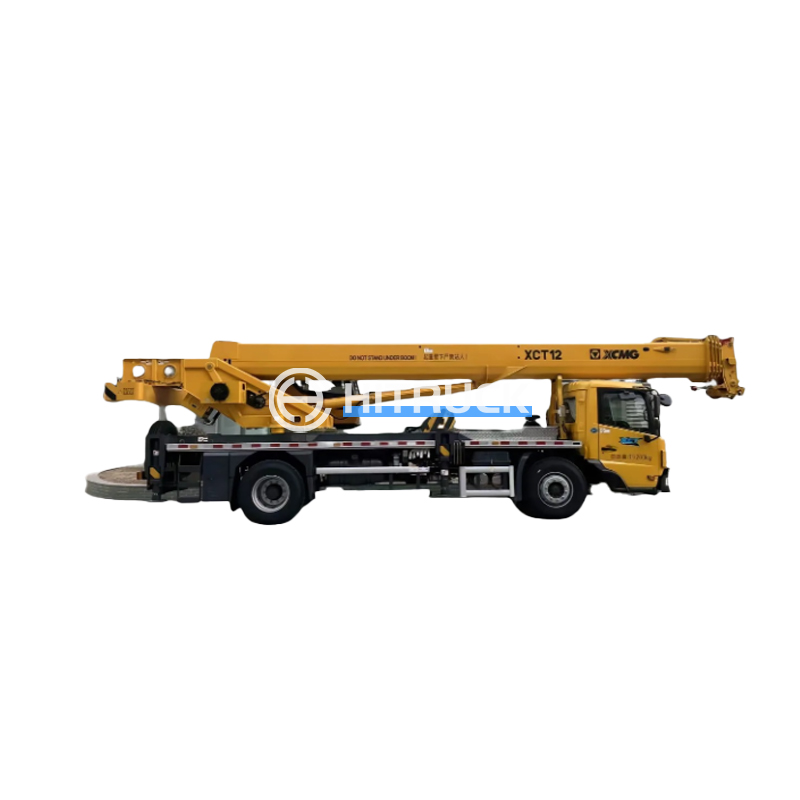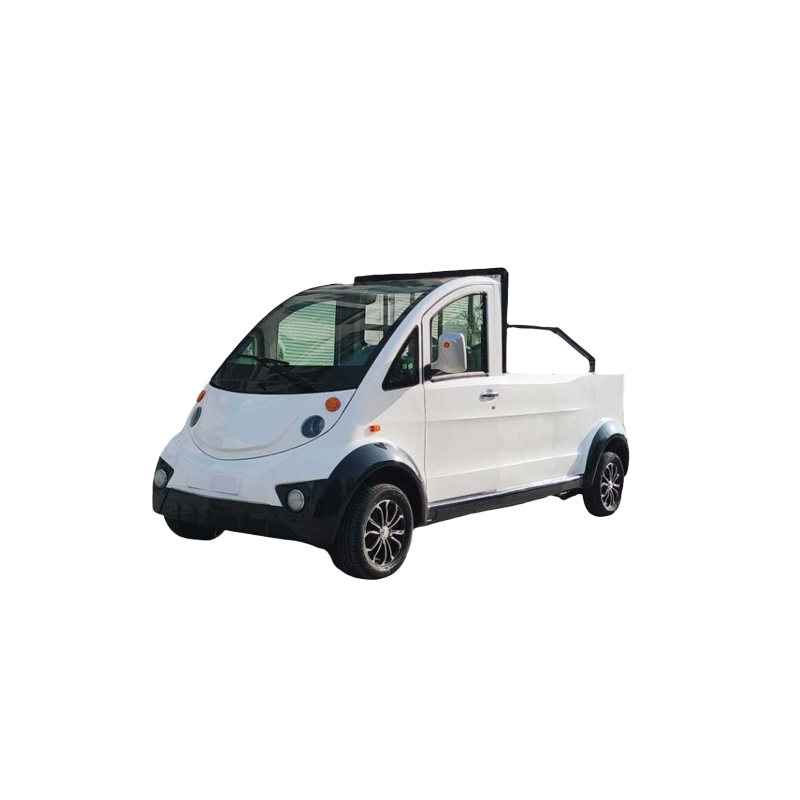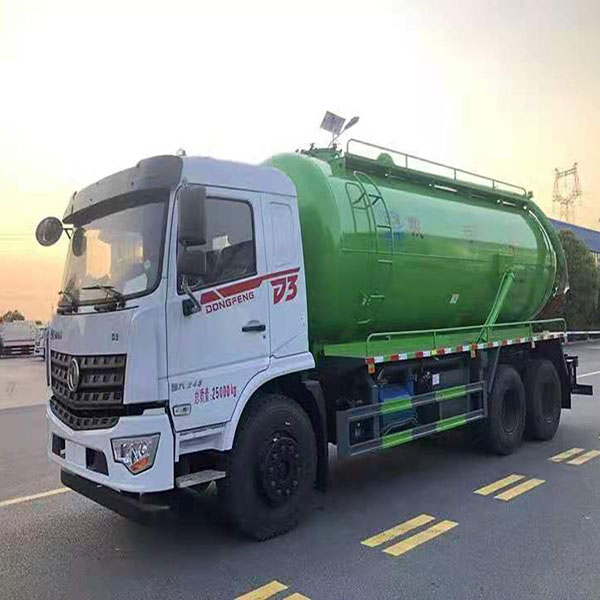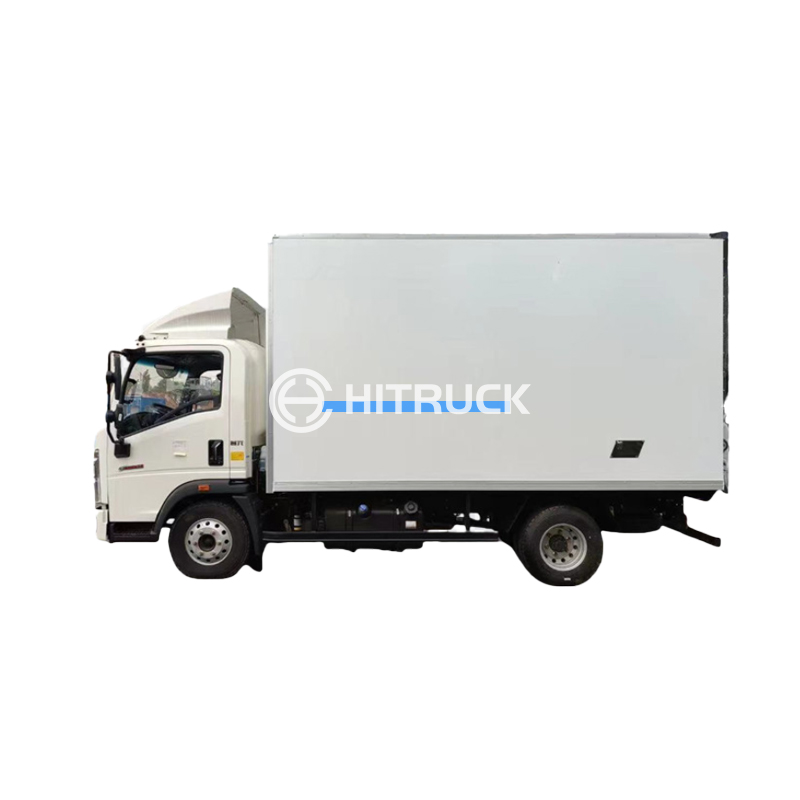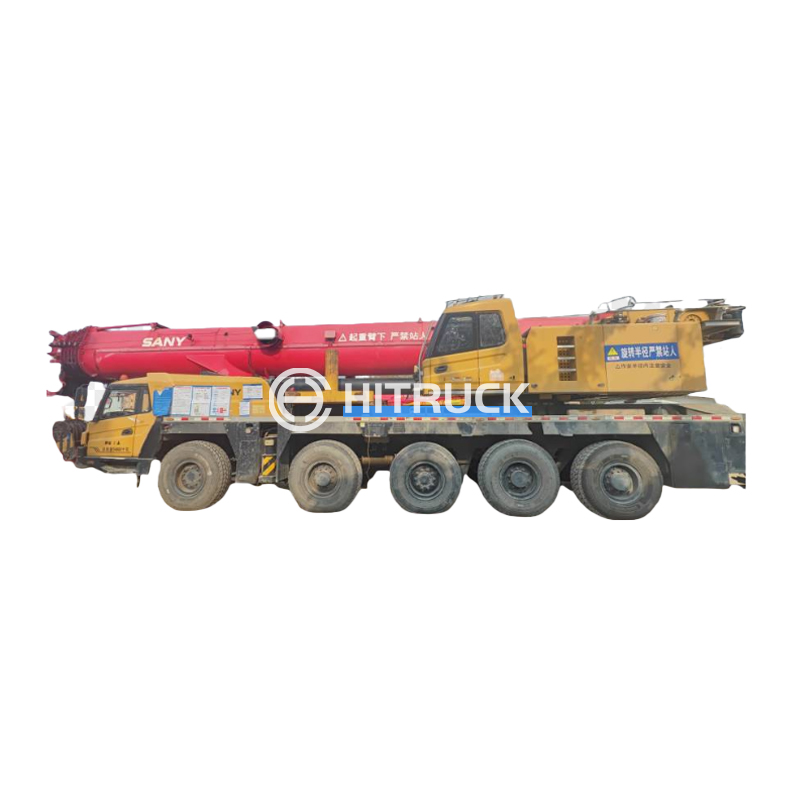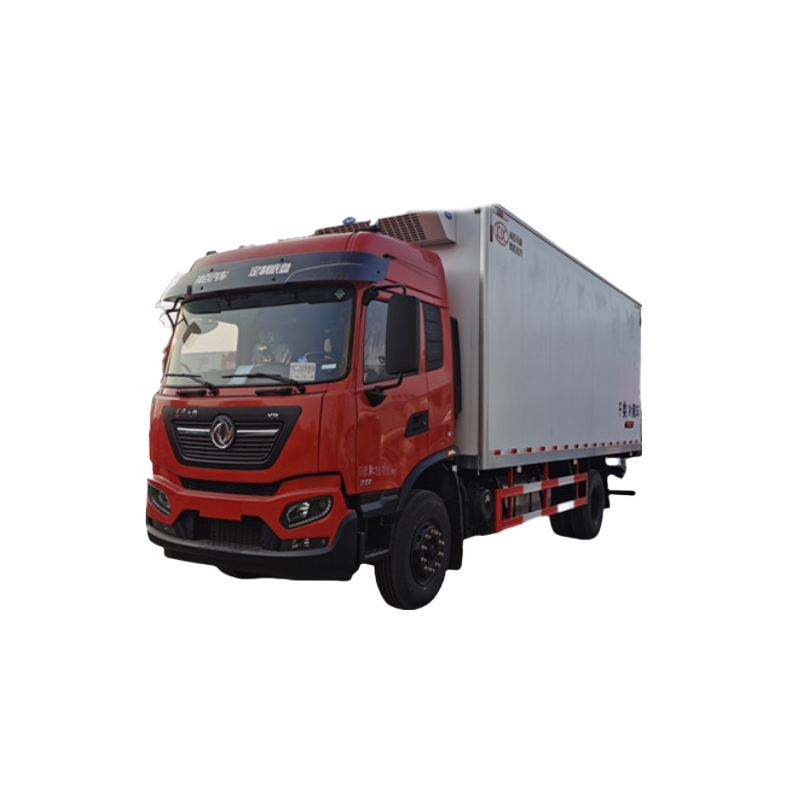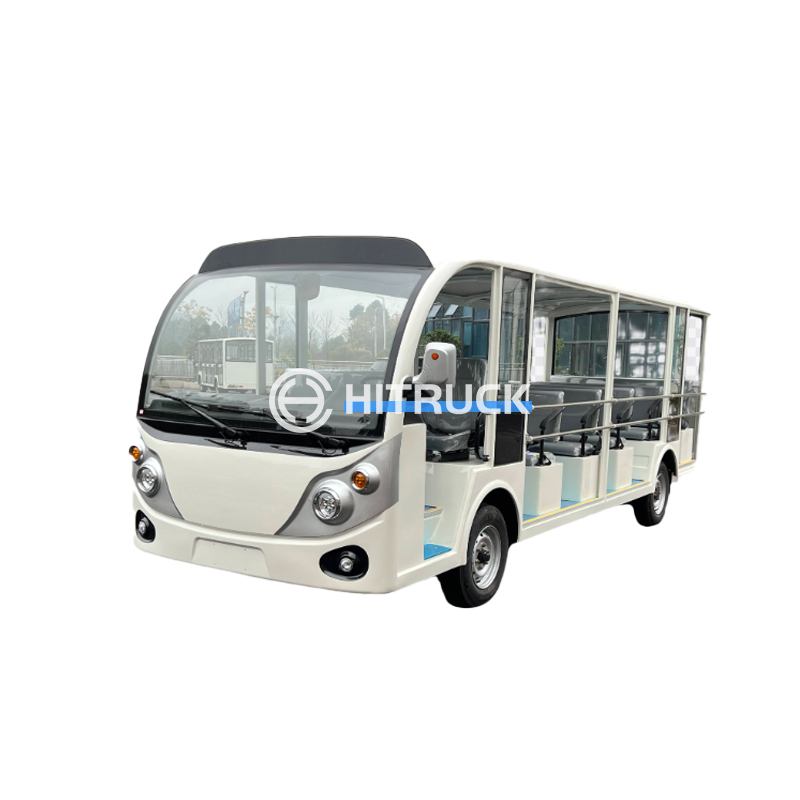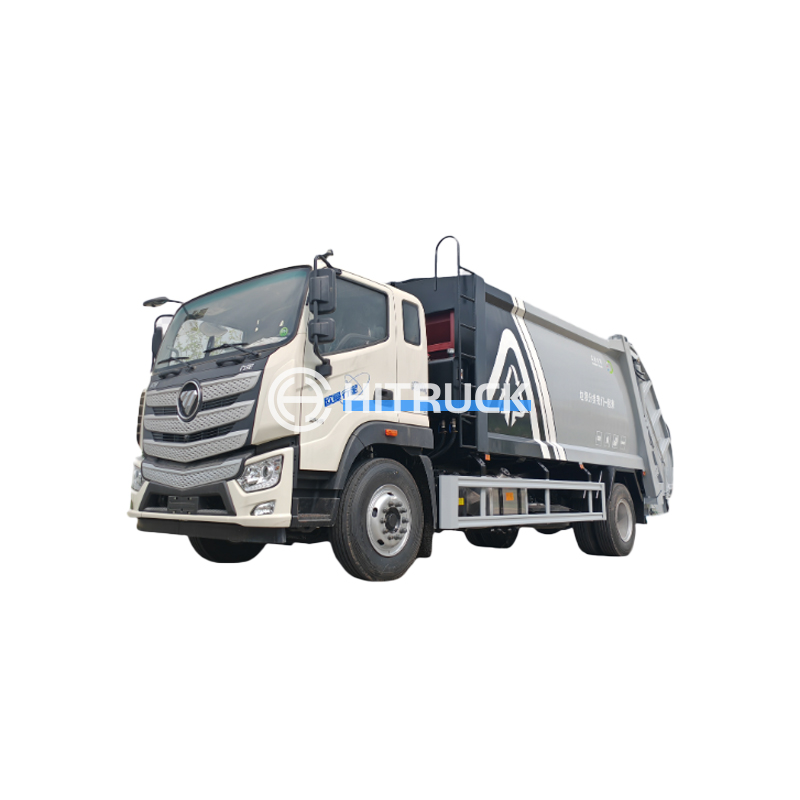This comprehensive guide explores the fascinating world of classic fire trucks, covering their history, different types, restoration, and collecting. Learn about the iconic designs, the mechanics behind these powerful vehicles, and the passionate community that keeps them running. Whether you're a seasoned collector or just starting your journey into the world of vintage fire apparatus, this guide provides invaluable insights and resources.
The history of classic fire trucks is intertwined with the evolution of firefighting itself. Early fire engines were often horse-drawn and relied on simple hand pumps. The transition to motorized vehicles in the early 20th century revolutionized firefighting, leading to the development of more powerful and efficient classic fire trucks. These early models, often featuring distinctive designs and paint schemes, are now highly sought-after by collectors.
Several manufacturers left their mark on the history of classic fire trucks. Companies like American LaFrance, Seagrave, and Mack produced iconic models that are still admired today. These trucks, with their gleaming chrome, powerful engines, and distinctive features, represent a golden age of firefighting technology and design. Many enthusiasts focus their collections on specific manufacturers or model years, reflecting the diverse appeal of these vehicles.
Pumper trucks, the workhorses of firefighting, were crucial in extinguishing blazes. Classic fire trucks in this category often featured powerful pumps capable of delivering significant volumes of water. The design and capacity of these pumps varied considerably across different manufacturers and eras.
Ladder trucks, essential for reaching high-rise buildings, are another significant category of classic fire trucks. The development of longer and more efficient ladders significantly improved firefighting capabilities, leading to various innovative designs throughout the years. The mechanics of these ladder systems are fascinating to study and often showcase impressive engineering ingenuity.
Beyond pumpers and ladder trucks, many other specialized classic fire trucks existed, including rescue trucks equipped for various emergencies and other specialized apparatus. These vehicles often reflect advancements in rescue techniques and emergency response procedures.
Finding the right classic fire truck requires careful research and assessment. Consider factors such as condition, originality, and restoration needs. Connecting with experienced collectors or restoration specialists can be invaluable in this process. Remember to thoroughly inspect any potential purchase before committing.
Restoring a classic fire truck is a significant undertaking, often involving mechanical, bodywork, and paint restoration. This process requires specialized skills and tools. Many restoration shops specialize in this type of work, offering comprehensive services. There are also numerous online resources and communities dedicated to sharing expertise and advice.
Proper maintenance is critical to preserving your investment. Regular inspections, preventative maintenance, and timely repairs are key to keeping your classic fire truck in optimal condition. Building a relationship with a knowledgeable mechanic who specializes in vintage vehicles is highly recommended.
The world of classic fire truck collecting is supported by a vibrant and passionate community. Numerous clubs and organizations provide resources, networking opportunities, and events for collectors worldwide. Participating in these communities allows for the sharing of knowledge, parts, and restoration expertise. Many shows and exhibitions showcase these magnificent machines, bringing together enthusiasts from across the globe.
For more information on finding and purchasing classic fire trucks, visit Suizhou Haicang Automobile sales Co., LTD - Your trusted source for commercial vehicles.
| Manufacturer | Model | Approximate Year Range |
|---|---|---|
| American LaFrance | Various Models | 1920s-1960s |
| Seagrave | Various Models | 1930s-1970s |
| Mack | Various Models | 1940s-1980s |
Note: Year ranges are approximate and can vary depending on specific models and regional variations.

